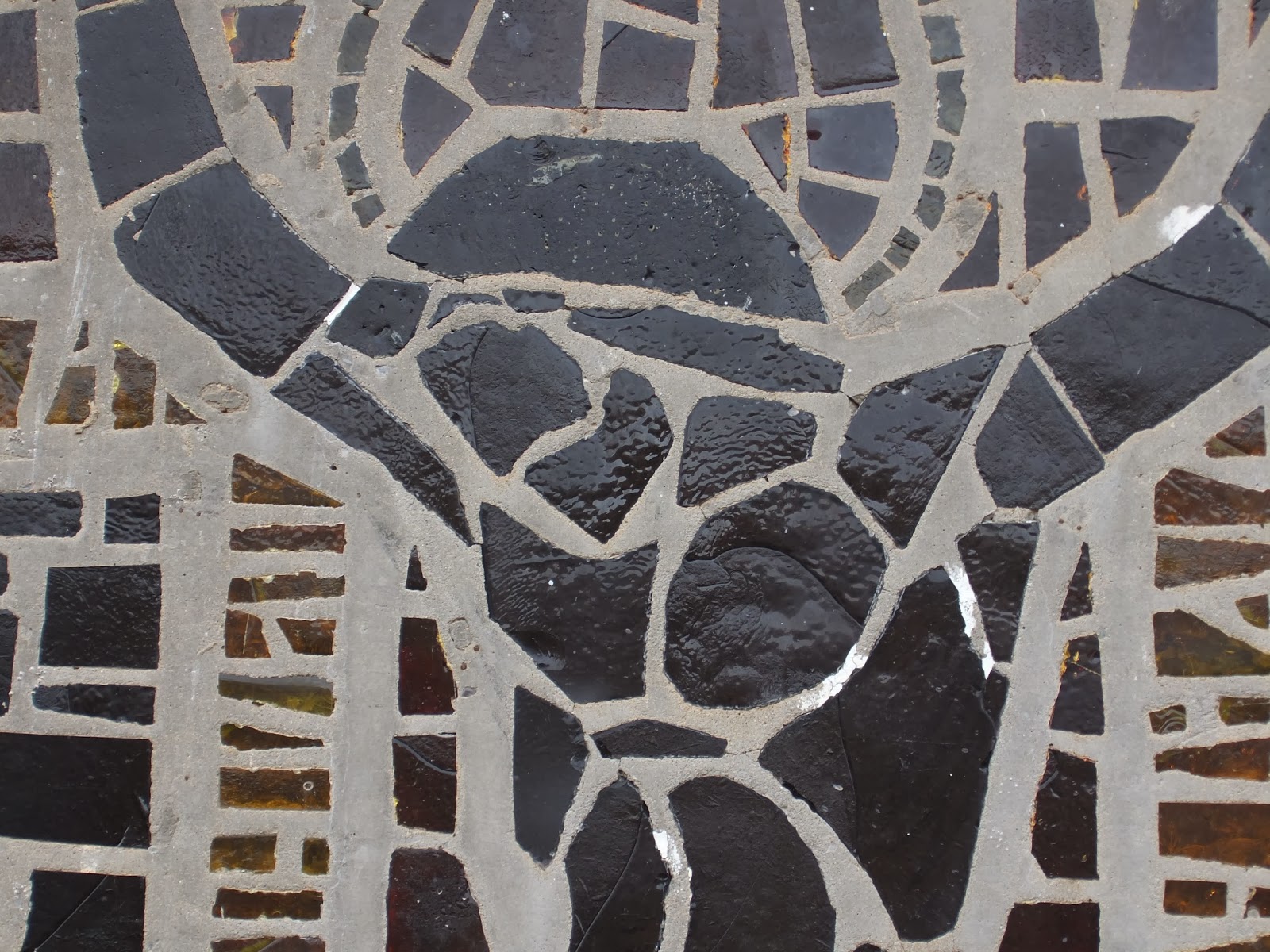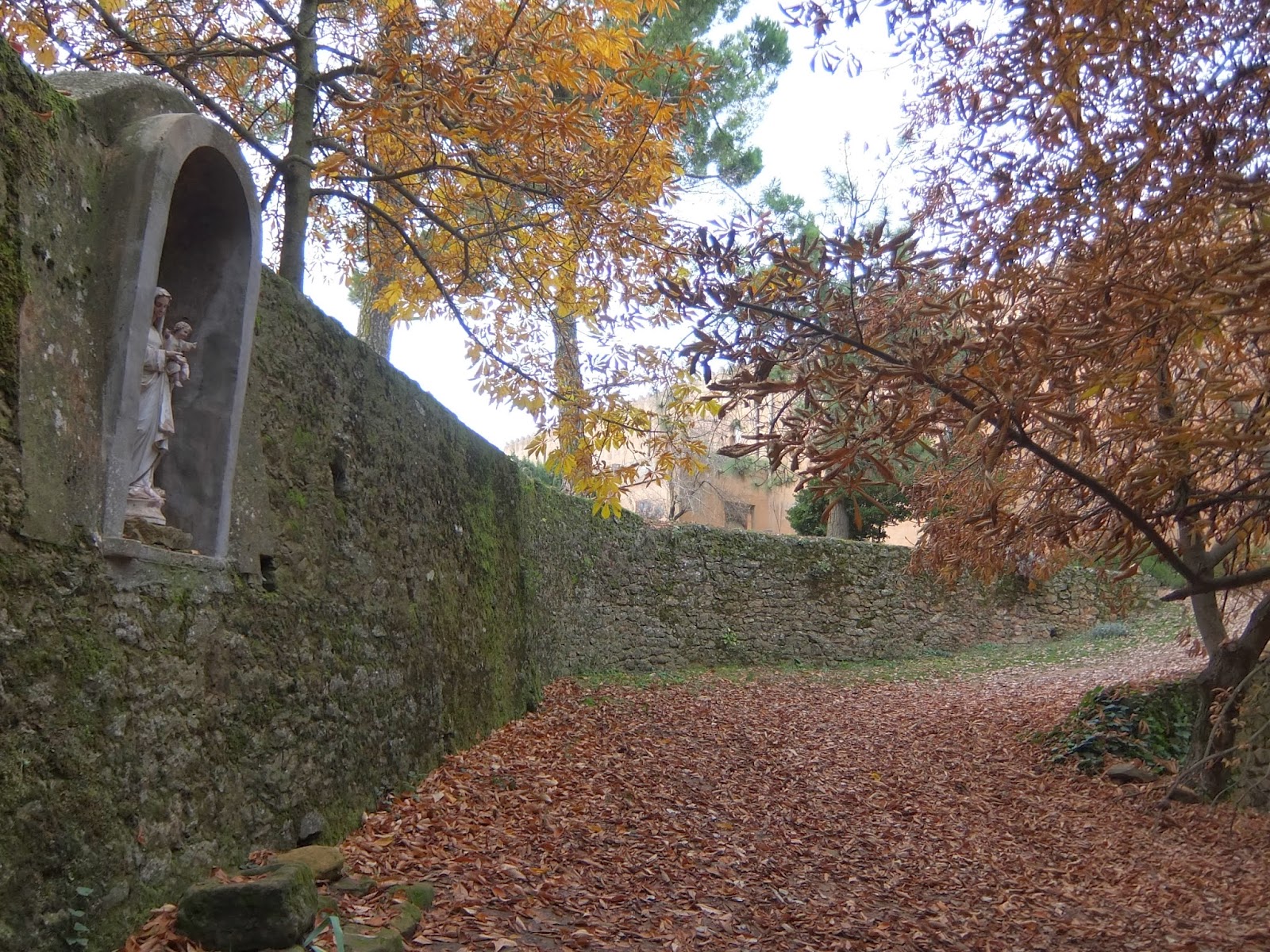Tibhirine is a French Trappist monastery on the edge of the village of Tibhirine in the Atlas Mountains southwest of Algiers. It's official name is Our Lady of the Atlas (Notre-Dame de l'Atlas). I visited there December 13, 2013.
Suggested reading:
http://en.wikipedia.org/wiki/Assassination_of_the_monks_of_Tibhirine
The Monks of Tibhirine, John Kiser, which was the basis for the movie Of Gods and Men.
I will just copy the description of the book from Amazon, from Publisher's Weekly:
"During the carnage that followed the 1992 cancellation of elections in Algeria, seven Trappist monks were kidnapped and murdered in 1996 by a group of Islamic extremists, one of many armed elements whose clash exacted a toll of at least 100,000 lives in the former French colony in North Africa. Kiser, whose only previous English-language book dealt with technology and the Soviet Union, focuses on the peaceful and fraternal coexistence of Christians and Muslims in and around a Trappist monastery in the Algerian countryside. Despite warnings for foreigners to leave, the monks maintained their daily witness to peace, offering employment in the monastery gardens and medical care to any Muslims who sought such assistance. The villagers in turn honored the monks' piety and simplicity, and regularly invited their Christian neighbors to weddings and other festivities. Given the complexity of the horrific subsequent events, the thoroughly French and Algerian frame of reference (the story is well known in France) and the importance of a clear chronology in the story, this text cries out for an editor's guidance in reorganizing the narrative and clarifying it for an American audience. Yet the book is still a must for patient American readers interested in the evolution of independent Islamic politics out of a history of European imperialism. Inside a hard shell of confusing politics rests an engrossing and simple tale of love for one's neighbors and a God who does not prefer one faith over another."
Steps from the entrance up to the courtyard.
Courtyard, statue of Mary.
Stained glass windows, not leaded but mortared in place.
I assume this is a psalter, but my Latin is insufficient to tell.
tiles inset on the walls.
The windows from the outside
Hallway from the living quarters side to the chapel.
From the terrace outside the dining hall.
I liked the way the bells have made their mark on (or in) the bricks.
The monastery cemetary; the new markers are where the heads of four of the monks are buried; the other three are to the right but not in the picture. The other headstones are of other monks going back when the monastery was established.






















No comments:
Post a Comment